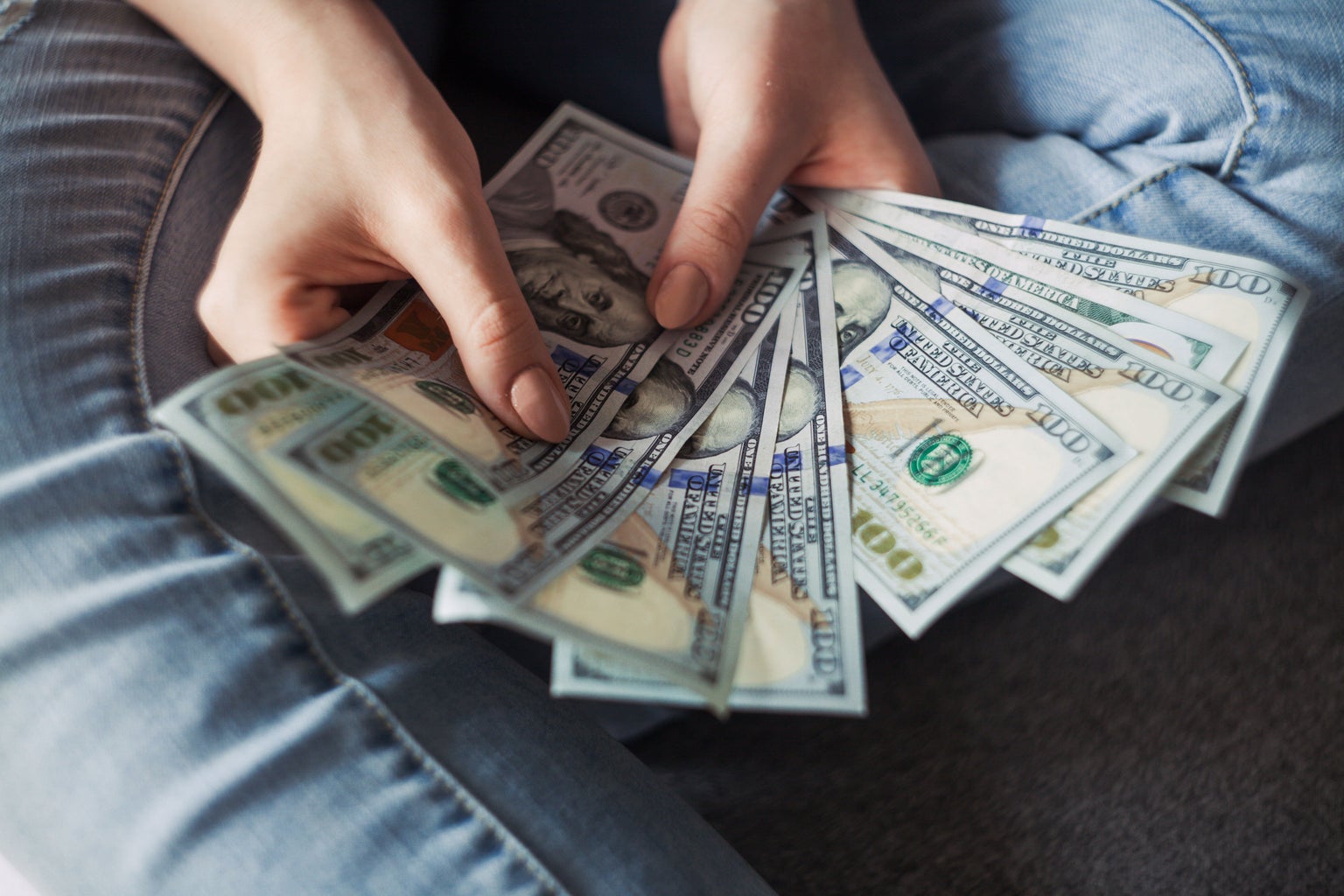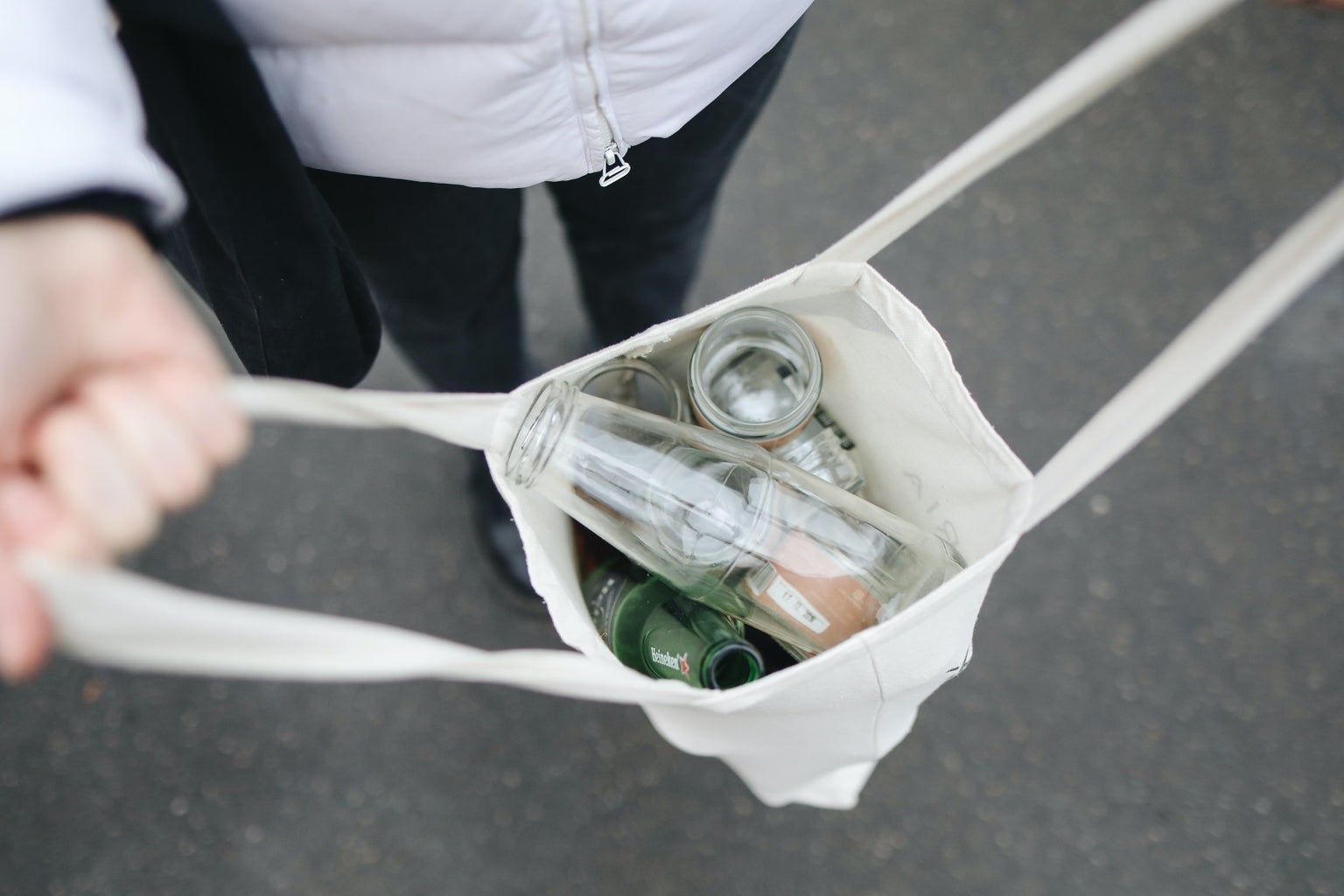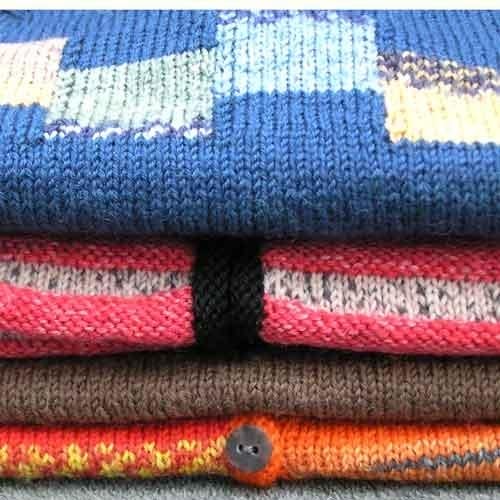Greenwashing is the act of a company or brand presenting itself to be more environmentally conscious than they really are. This appears often after an outcry about sustainability or environmentalism. Big brands want to make profits, and if seeming like they engage in environmentally friendly practices makes money, they will do it.

The word comes from the fact that green is associated with environmentalism, and is very similar to rainbow washing, which happens when brands market their products towards the LGBTQ+ community, usually during pride month.
I see greenwashing the most often when brands have certain lines of clothing or products that are branded as environmentally friendly. This shows that they are only using sustainability as a marketing tool, instead of a value integrated into their brand. If the brand really cared about sustainable practices, all of their products would be sustainable.

There are a few ways that you can tell if something is greenwashed. Sustainably made clothing and products tend to have a higher price point than products that we are used to buying. This is because of the livable wages the workers are paid, as well as the sustainably sourced fabrics, dyes, and other raw materials. Additionally, sustainable brands often have their own designers or buy designs from artists, instead of stealing designs or ripping off of artists. If an item is marketing as being sustainable, yet the price isn’t too far from what it would normally be, it is likely that the brand is greenwashing.
Additionally, if the brand doesn’t have much information about how they are sustainable and what practices they do and don’t partake in, they are likely greenwashing. Sustainable brands usually have extended explanations of their practices, where their raw materials are from, and what the working conditions are for their employees.

The last way that I usually tell if something is greenwashed is similar to my last point. If an item has general symbols of trees, leaves, or other nature items on their packaging, without any certifications or additional information, it’s likely they are just using the aesthetic of sustainable packaging to appeal to people. I see this most often in cleaning products and other household items.
Greenwashing is something that I see all of the time, but especially around Earth Day. When trying to live more sustainably, it can be really easy to buy into the leafy symbols without giving them much thought, but without certified sustainability checks or more information, there’s no way to tell if the brand is being truthful. The best practice is to do a bit of research on brands you buy regularly. Think of your dish soap, paper towels, toilet paper, and other household products for a great start. From there, begin to look at your fashion choices and do the same thing for each brand you shop at.
Greenwashing is meant to trick you, so don’t feel too bad if you’ve fallen victim to it before. The fact that it exists at all shows that more and more people are interested in environmentalism. With just a bit more pre-thought, you can avoid greenwashing.




